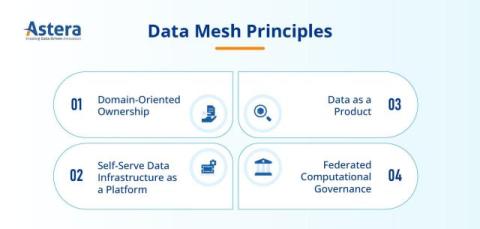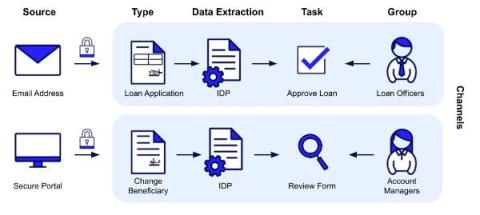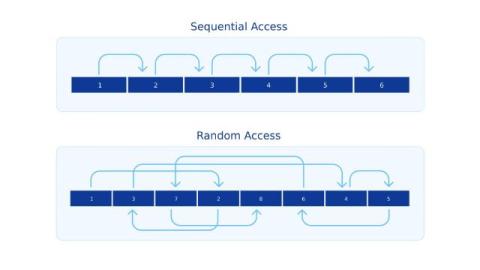What is Data Discovery? Methods, Benefits, and Best Practices
Your organization is likely sitting atop vast quantities of diverse data. However, all that data must undergo certain processes before you can fully leverage it. Data discovery is among those processes. Let’s learn more about it.











